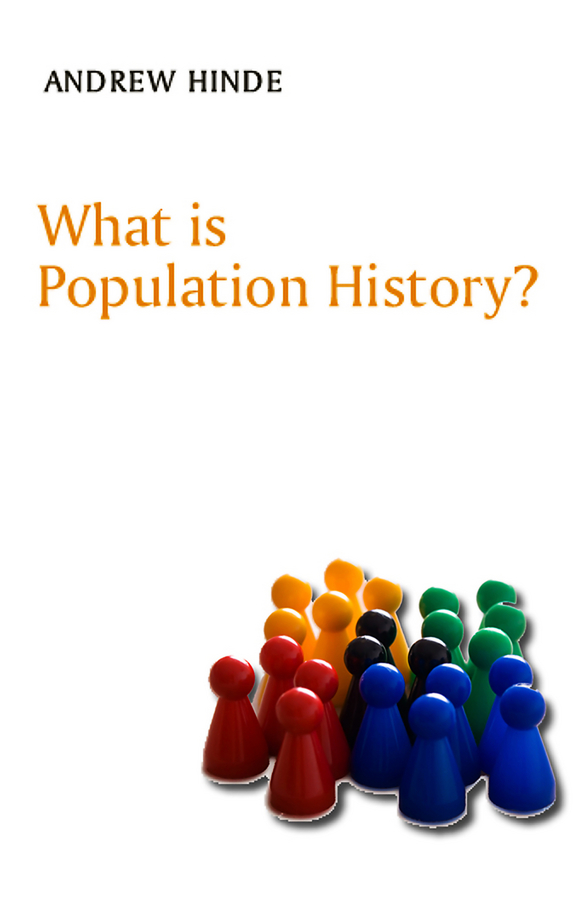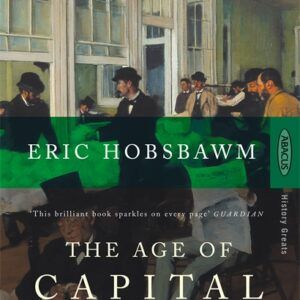Population history is the study of changes in the size and structure of the human population in the past; how those changes have been determined by social, cultural, and economic forces; and how they have shaped human experience. This book provides a short and succinct introduction to this exciting subject, which has developed rapidly since it first became acknowledged as a sub-discipline between the World Wars. <p>The author begins with an overview of the scope of the subject, before considering in detail its two major themes: the relationship between production and reproduction in pre-industrial populations; and the demographic changes which were associated with industrialization. He shows clearly how population history draws on the methods and models of demography – so much so that the subject is sometimes called historical demography – and describes these methods and models in a way accessible to the general reader. Major current debates within the field are elucidated, such as whether rapid population growth causes poverty, as are some important unanswered questions, such as why fertility has declined in most parts of the world since 1800. Finally, the book examines the particular contributions that population history can make to historical enquiry in general, for example through its emphases on the adoption of a life-course perspective when looking at the impact of historical events, and on the biological constraints which limit population change.</p> <p>Throughout the book, the operation of demographic processes is illustrated with a range of examples drawn from many parts of the world, including Europe, North America, India, China and Africa.</p>
Sale!
What is Population History?
₹3,908.00
This book is currently not in stock. You are pre-ordering this book.




